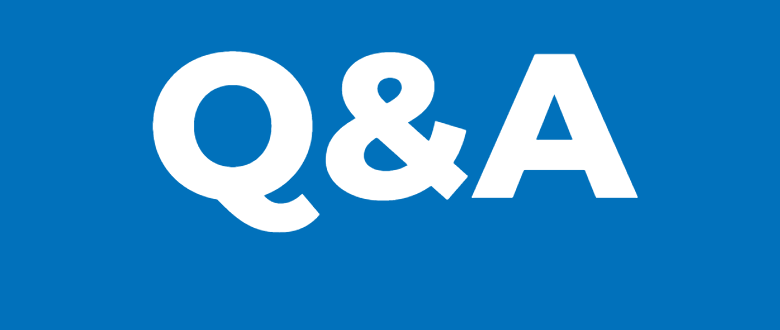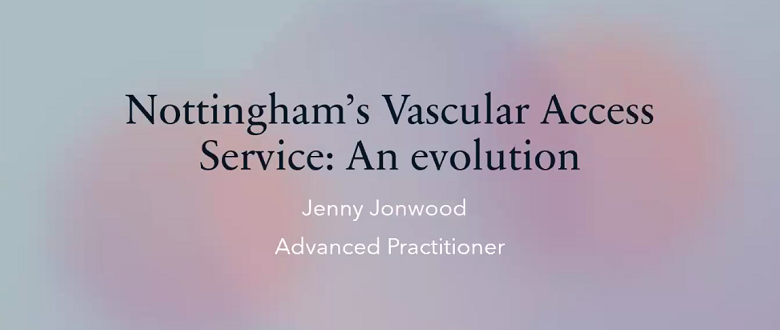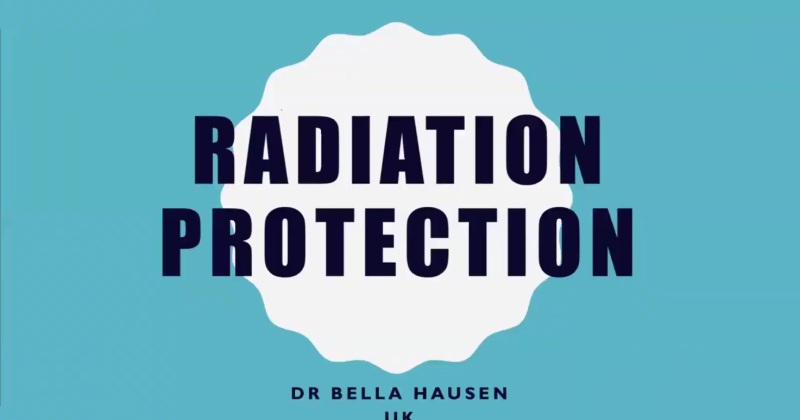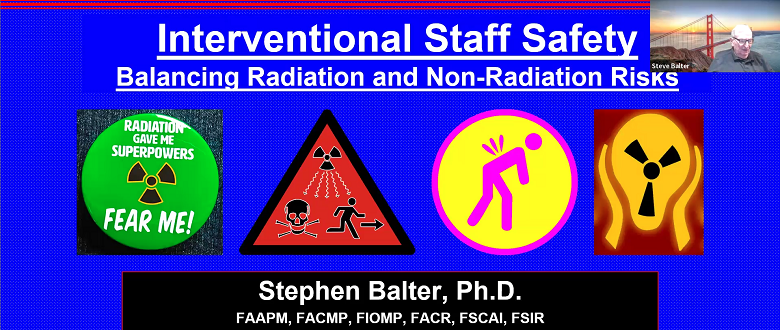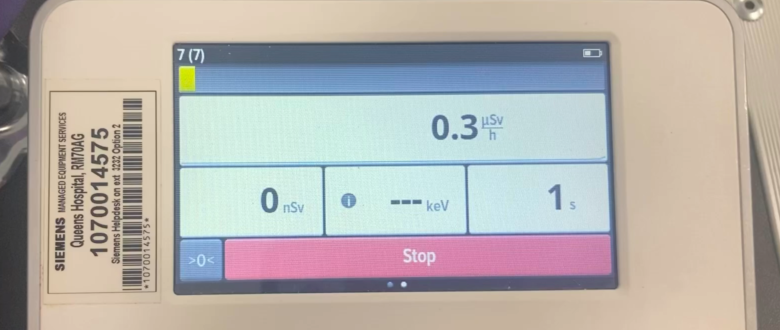
January Webinar Series
FLUG will be running a series of expert webinars in January. Registration will be free and open in early January.
15th January 2026 - (1400-1500 UK Time)
The IAEA Study into FGI Tissue Reactions - Kyle Jones
Dr. Jones supports a large clinical operation at an NCI-Designated cancer centre, providing primary clinical support for image-guided interventions in interventional radiology, cardiology, and the operating room. He is chair of the American College of Radiology Dose Index Registry and is the Physics Editor for the Journal of Vascular and Interventional Radiology.
22nd January 2026 - (1400-1500 UK Time)
Dose Management Systems: From Setting up to Quality Assurance - Virginia Tsapaki
Dr Virginia Tsapaki is a physicist with Master and PhD in medical physics. She has more than 34 years of experience in medical technology as well as quality, and safety. The last 6 years she is working as a Technical Officer in the IAEA Dosimetry & Medical Radiation Physics Section in the Human Health Division, she drives guidance...
